
2015 is warmest year ever recorded
Data collected by NASA and the National Oceanic and Atmospheric Administration (NOAA) showed that the global average temperature was 0.13C warmer t...
Geography is the study of Earth's landscapes, peoples, places and environments. It is, quite simply, about the world in which we live.
Image by: Gareth Thompson

Data collected by NASA and the National Oceanic and Atmospheric Administration (NOAA) showed that the global average temperature was 0.13C warmer t...
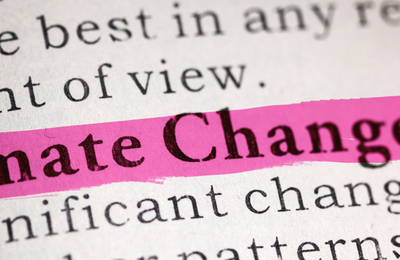
Average global temperatures for the first nine months of 2017 were 1.1C above pre-industrial levels, not as warm as the same period in 2016, when t...
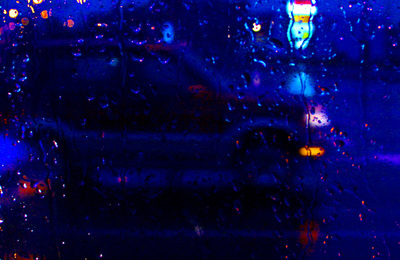
Acid rain is a result of air pollution. When any type of fuel is burnt, lots of different chemicals are produced. These can mix in the atmosphere a...
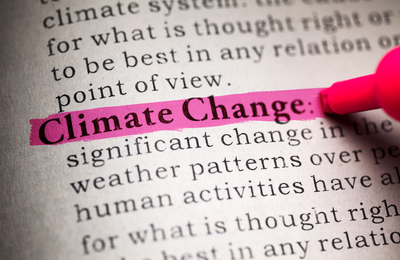
In the Paris agreement of 2015, the world’s governments pledged to keep temperatures between 1.5C and 2C above pre-Industrial levels, so this new s...
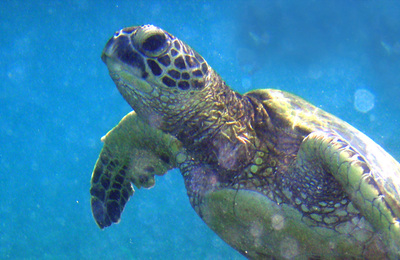
We get many emails from young people asking us what they can do to play a greater part in the conservation movement, and so we have compiled this l...
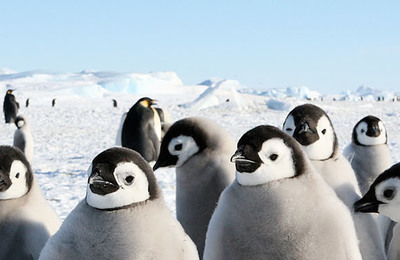
Antarctica is Earth's southernmost continent, containing the geographic South Pole. It is situated in the Antarctic region of the Southern Hemisphe...

After setting off in late August, Ash has completed the first 550 miles and has arrived at his first city - Yushu, situated in Qin...
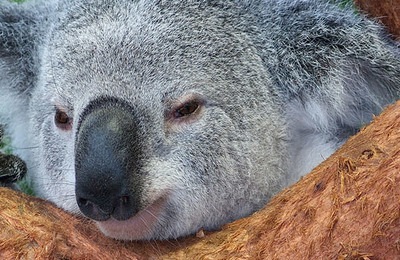
About 50 million years ago Australia was joined to a giant landmass called Gondwanaland but it then became separated and it is its isolation that h...
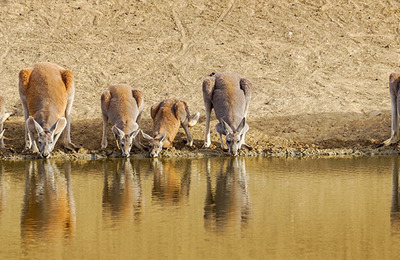
Kangaroos, crocodiles, anteaters and kookaburras.
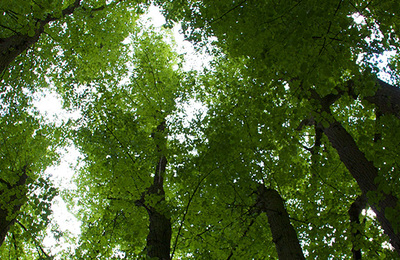
Biodiversity describes the whole range of the different varieties of living things and systems on this earth, including animal species, plant speci...
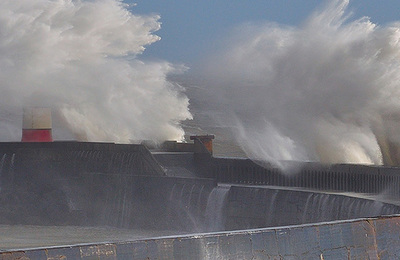
We humans not only live in the biosphere but are absolutely dependent upon it for almost every aspect of our existence.
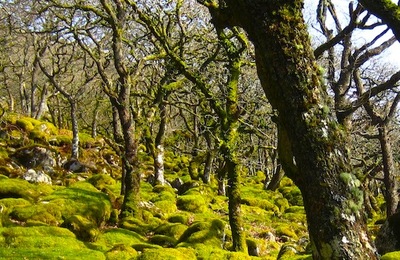
A habitat is any area where plants and animals live. The word ‘habitat’ comes from a Greek word meaning ‘home’.
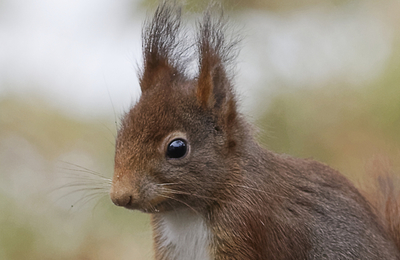
Britain's wildlife has a troubled past, how can we help protect wildlife for the future?

At YPTE, we would like to start giving young people the chance to have their voices heard about environmental issues. So from now on, we'll be pub...
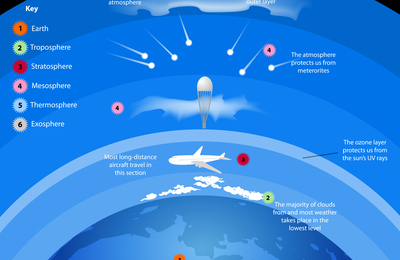
CFCs like CFC-11 were used to make foams for furniture and buildings and were also used in refrigerators and aerosols, but were banned after a hole...
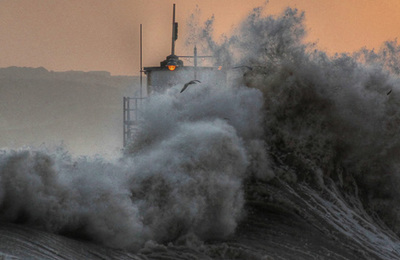
The earth's climate has seen many changes in its 4.55 billion years. Now many people believe that we must act fast to avert climate catastrophe.
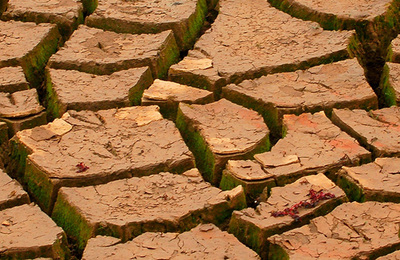
This factsheet takes a look at some of the challenges that animals might have to face in the future. How does climate change affect them?
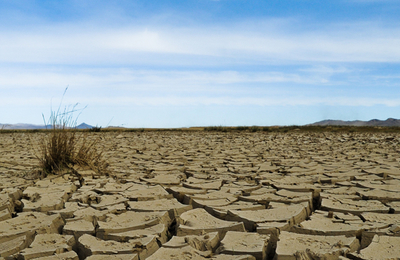
The fact that human activities are increasing the rate of climate change is now almost universally accepted by scientists. In this suite of lesson...
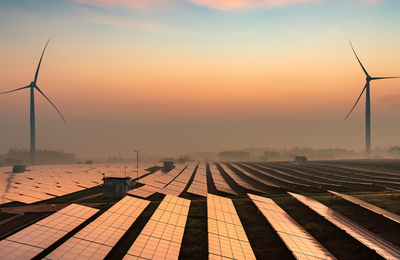
The Bank of England has said that up to £16 trillion of assets could be wiped out if the current climate emergency is not tackled effectively by bu...
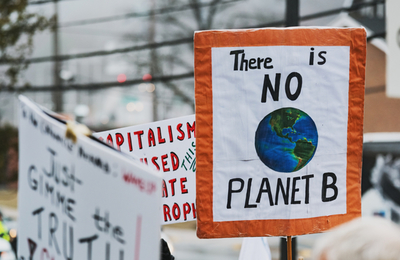
It is now exactly 40 years since scientists from 50 nations met in Geneva, Switzerland, for the First World Climate Conference. They agreed then t...

So whilst the talks were a partial success, they were also in part a failure. With no significant movement in countries’ agreed targets for emissi...
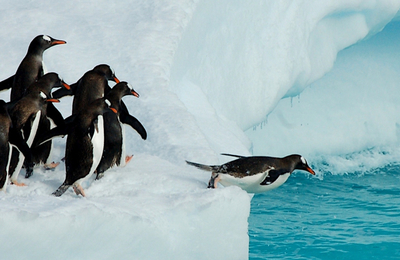
This suite of lesson plans explores the continent of Antarctica. Designed to be used alongside the Powerpoint presentation, packed full of stunnin...
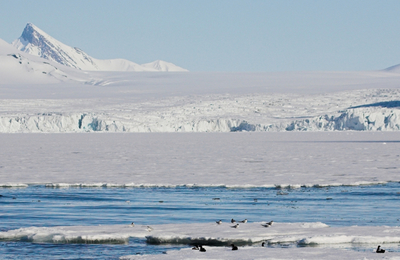
This set of lesson plans explores the Arctic - one of the coldest regions on our planet. The accompanying Powerpoint presentation brings the Arcti...
Deserts are some of the harshest environments on our planet. At first sight, they seem completely hostile to life. Whether hot or cold, rocky or sa...
Britain is famous for its changeable weather. We are always talking about it and there is a saying “if you don’t like the weather, wait five minute...
This issue of Conservation Education represents a departure from our usual format, as normally the publication is written for teachers and is for u...
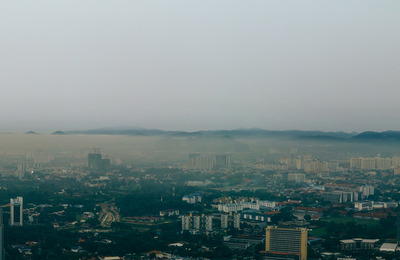
Find out more about the 2015-16 El Nino event, what it is and what effects it causes around the world. Photo by Naz Amir.

The Copenhagen Climate Change summit was a gathering of world leaders in the capital of Denmark over a two week period from 7th - 18th December 200...
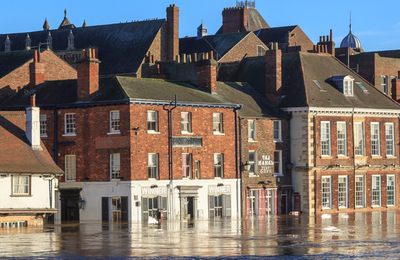
The series of storms to hit the UK this December were propelled by the jet stream, a current of strong winds that can reach up to 200mph. The jet ...
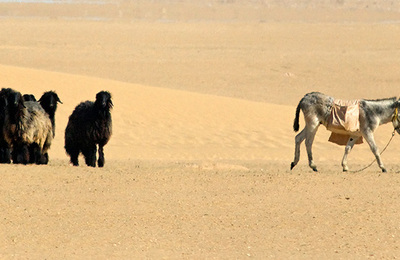
When you hear the word 'desert', what picture does it bring to mind? Perhaps you think of a very dry place, a place without people or plants livin...
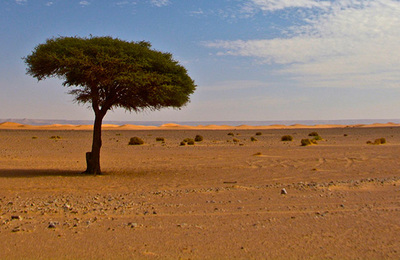
It has been said that forests came before human beings, deserts followed them. Desertification is becoming a major problem as more and more of the ...
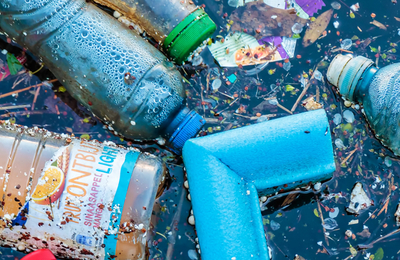
The ban doesn't have legal force yet. Member states still have to back the directive before it can become law, but with voting so overwhelmingly i...
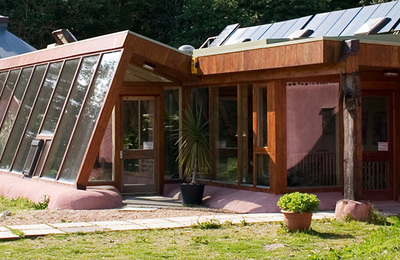
The World Summit on Sustainable Development organised by the United Nations (UN) in Johannesburg was held in August and September of 2002.
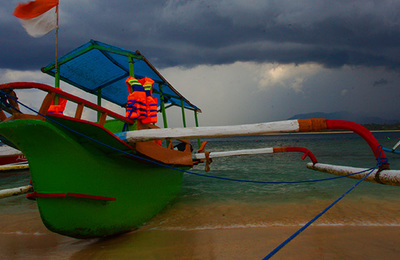
This Fact Sheet was originally written in November 1997, when major fires in the forests of Indonesia were blamed on the El Nino effect.

Passing your driving test and getting behind the wheel was once the dream of most young people - certainly that was the case when I got my licence ...
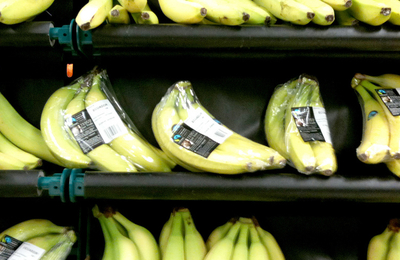
It can be difficult for farmers in poorer countries to get a fair price for the food they produce; Fairtrade exists to address this issue. These...
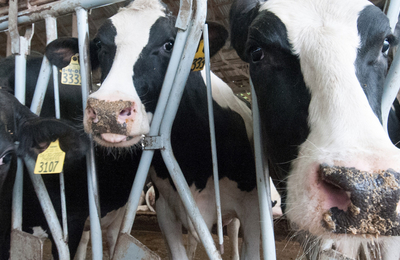
As consumers we can choose to buy food that has been produced ethically and sustainably. These resources comprise a set of informative teacher n...
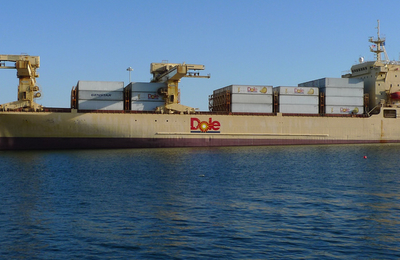
The food we eat makes up about 30% of our carbon footprint. Knowing how far it has travelled and how it has been stored is essential if we wish to...
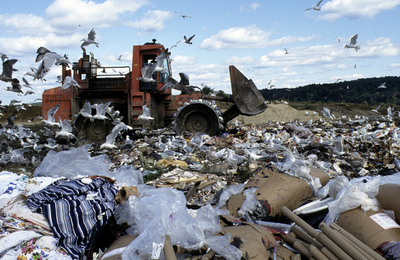
Around a billion people don't have enough food to eat, yet we throw away around a third of all the food produced. These resources comprise a set...
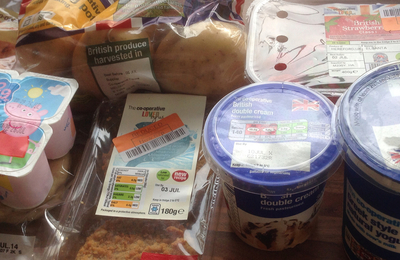
Our food is packaged in a variety of ways, all of which have impacts on the environment. These resources comprise a set of informative teacher...

What we eat not only has an impact on our health. Our choices can also cause significant environmental impacts. For example, animal agriculture pr...

A suite of 3 lessons for Key Stage 3 with accompanying PowerPoint presentation to compare the pros and cons of different types of renewable and non...
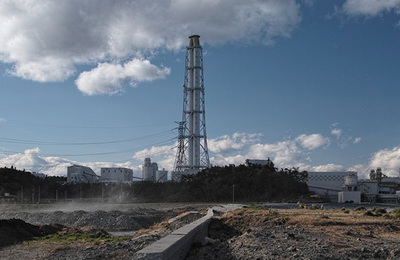
The powerful earthquake which hit Japan on 11th March 2011 caused a tsunami which added to the destruction of millions of people’s homes and liveli...
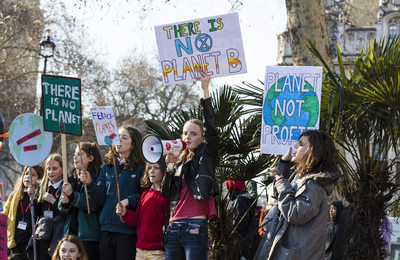
The CCC proposes a number of actions to reach net zero by 2050. For example, by eating less meat, by significantly increasing the use of renewable...
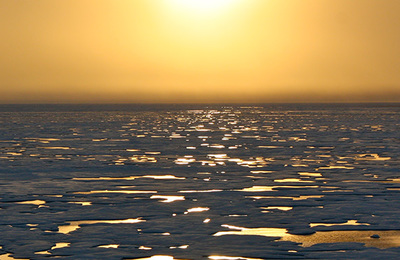
Global warming is the increase of average world temperatures as a result of what is known as the greenhouse effect.

In the UK alone, we use about 13 billion plastic bottles per year and well under half of these are currently recycled. So if a deposit return sche...
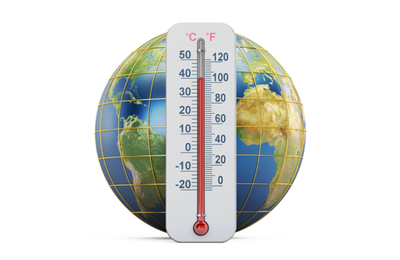
Against the backdrop of a climate emergency, the gap between targets set by governments for reductions in greenhouse gas emissions and the real sit...
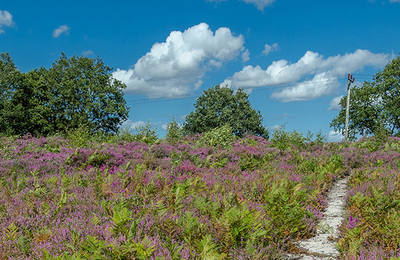
Heathlands are largely artificially created habitats. They only persist if they are managed. Many of the heaths in England would quickly become woo...
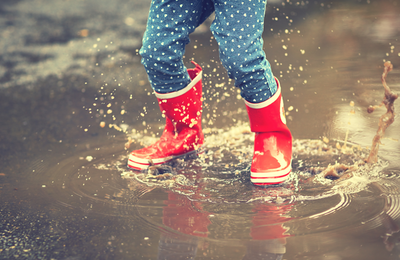
Find out about the weather with this Home Learning Pack! It is full of great activities to help you learn and there are instructions for making lo...

With volcanoes and earthquakes, planet Earth gets up to some pretty dramatic stuff every year! This new Home Learning Pack gives you some fantasti...
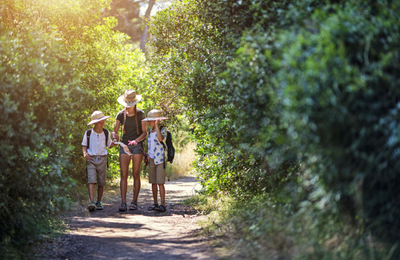
Even though we are all staying very close to home at the moment, map making can be a great way to think about your environment in a different way. ...
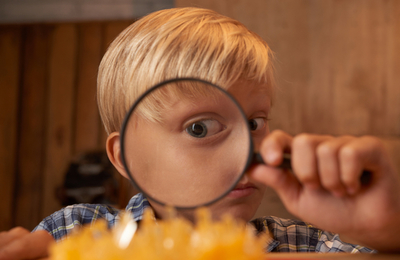
Find out more about rocks and minerals with this exciting Home Learning Pack. Learn about the difference between sedimentary, igneous and metamorp...
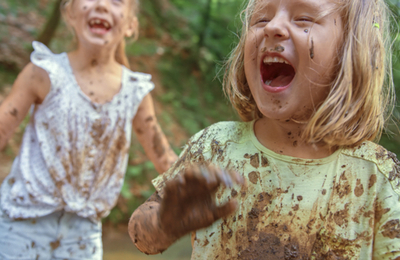
More fantastic ideas for learning about soil - something that is vital for us all, but is often overlooked! Find out about different types of soil...
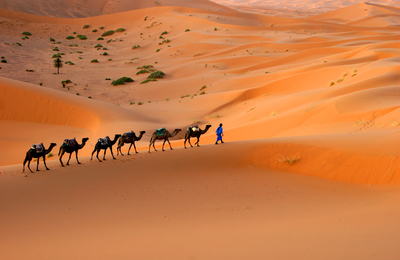
This suite of lesson plans explores the Sahara - the largest hot desert on Earth. It also looks at the spread of the Sahara into the Sahel and the...
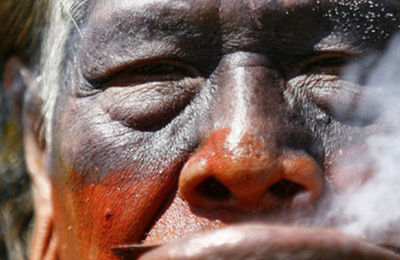
Rainforests are very rich in natural resources, but they are also very fragile. For this reason, indigenous people have become instinctive conserva...
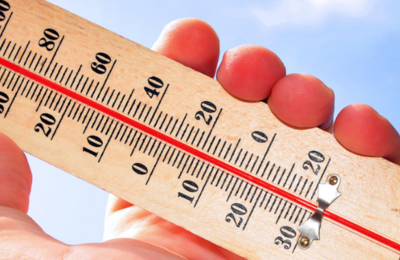
Global average temperatures for the first 10 months of 2018 were 0.98C higher than those from 1850 to 1900, according to five separate global datas...
So it looks like our climate is changing and things are getting warmer. But three years of data proves nothing. There are blips and variations in w...
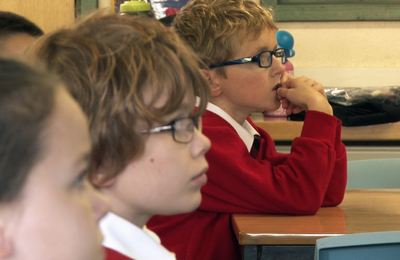
The school talks service is available in person for schools within a 30-mile radius of our office in Yeovil OR on Zoom, Teams etc. for schools anyw...
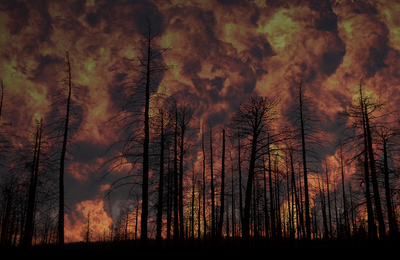
In his inaugural speech as Prime Minister, Mr Johnson said that Britain was “leading the world in the battery technology that will help cut CO2 an...
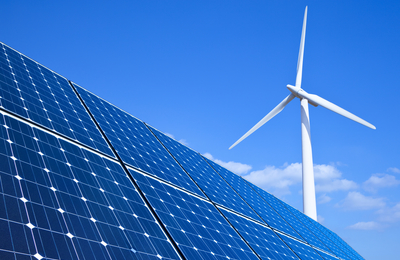
The NIC has said that a decade ago, it seemed unlikely that renewables could be a major part of energy generation in the UK, as they were quite sim...
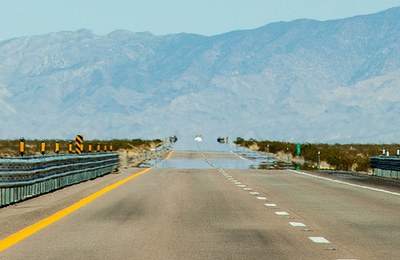
A mirage is a phenomenon where you think you see water...
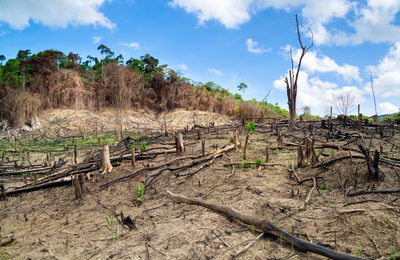
According to new satellite imaging data from Global Forest Watch, it's worse than that. A total of 29.4 million hectares of forest was lost in 201...
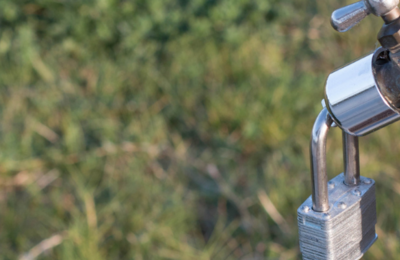
According to the report, climate change is already causing flooding on the east coast, coastal erosion in Alaska and soil loss in the midwest. Mea...

No future fracking projects will be allowed by the government until compelling new evidence is provided that fracking could be safe. Preston N...

What is climate change? What impacts is climate change having around the world? How are humans causing climate change? What can we all do ...
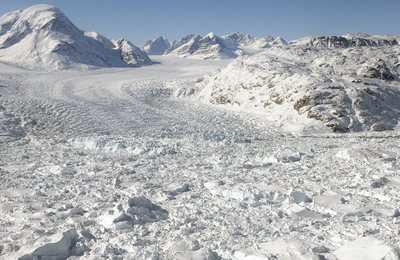
Greenland is an unlikely name for a country which lies between the Arctic and Atlantic oceans, which appears much more white than green! It's the ...

The 147,000 tonne oil tanker Sea Empress ran aground on February 15th 1996 at 8.07 pm, despite being under the control of one of Milford Haven’s ha...
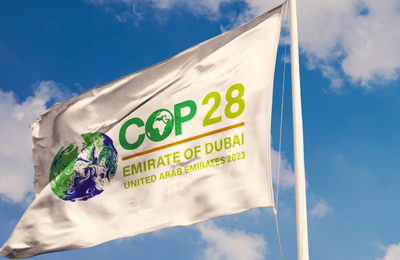
Many countries and environmental groups remain concerned that the more definite "phase out" of fossil fuels - asked for by over 130 countries - wa...
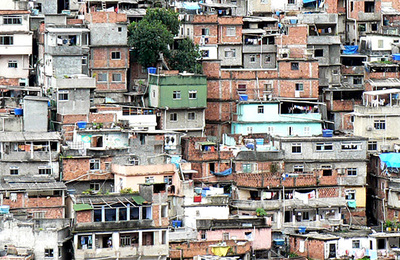
At present there is still space enough on Earth for humans, wildlife and wild places, but can this be maintained?
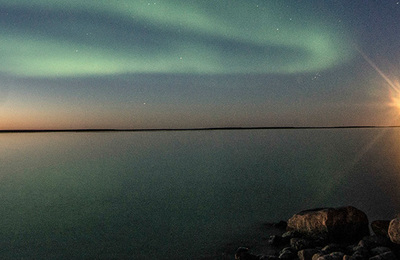
Ozone is a naturally occurring gas found in the atmosphere where it absorbs most of the sun's ultraviolet light - invisible rays which are harmful ...
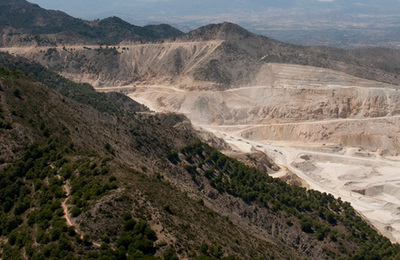
For thousands of years humans have used stone for building, whether it was for monuments, religious buildings or houses.
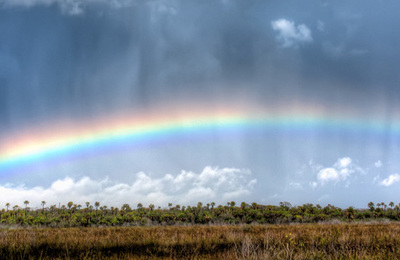
A rainbow is sunlight spread out into an arc of colours and seen by your eyes when the sun shines through water droplets
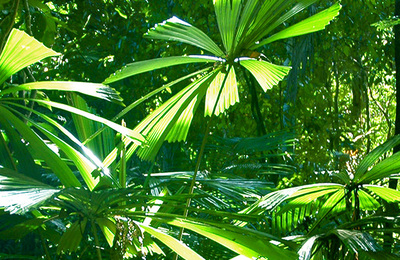
Rainforests are forests which grow in areas of high rainfall. Tropical rainforests are found between the Tropic of Cancer and the Tropic of Capric...
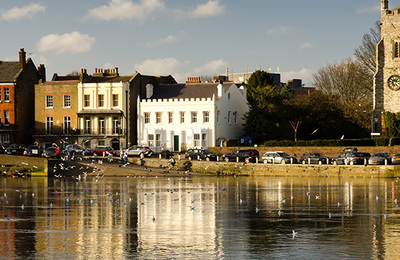
Rivers can run for many hundreds of miles. The longest river in the world is the Nile in Africa. It is 6,700km long. The longest river in Britain i...
Rory and Mack show us how to make edible rocks in this great video, based on our Home Learning Pack on Rocks and Minerals. Created for the Young P...
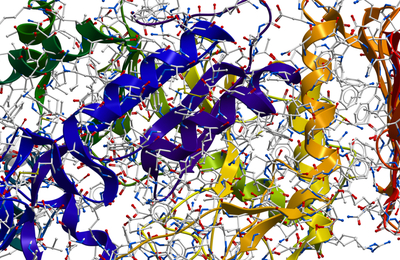
While tweaking the enzyme to find out how it had evolved, the scientists found that the changes they had made enabled the enzyme to break down PET ...
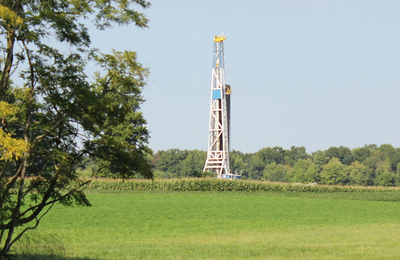
The public consultation attracted more than 65,000 responses, with 99% of replies originating from areas targeted by the fracking industry opposed ...

A rocky shore consists of rocky ledges with pools of salty water, boulders and pebbles. Living in this habitat is a community of hardy plants and ...

A suite of four lessons on our seasons and how they differ from each other, with accompanying Powerpoint presentation filled with inspirational ima...
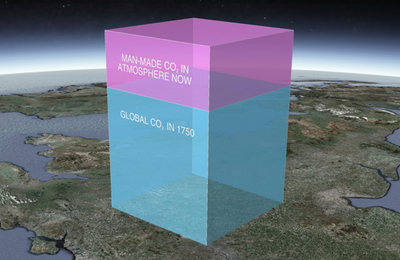
According to the World Meteorological Organisation (WMO) now looks like 2016 will mark another milestone for climate change for being the first yea...

The government’s commitment to ban the sale of new petrol and diesel powered cars by 2040 means that we motorists will at some point in the future ...
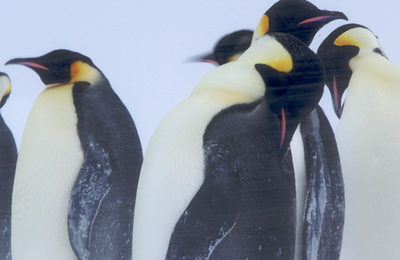
Polar bears and penguins never bump into each other! Why is this? The answer, of course, is simple; polar bears live only in the Arctic (the North ...
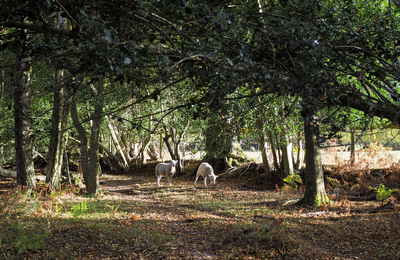
Thanks to support from the Ernest Kleinwort Charitable Trust, we have produced this set of classroom reference guides to the regions of Sussex, for...
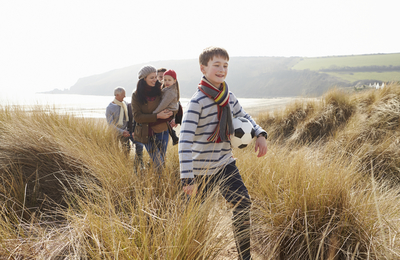
Thanks to support from the Ernest Kleinwort Charitable Trust, we have produced this set of classroom reference guides to the regions of Sussex, for...
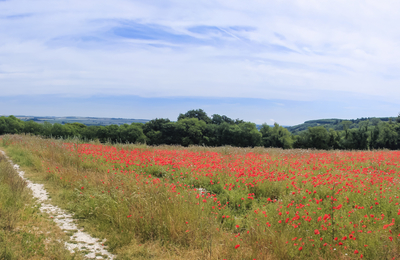
Thanks to support from the Ernest Kleinwort Charitable Trust, we have produced this set of classroom reference guides to the regions of Sussex, for...
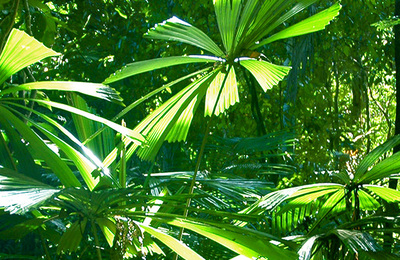
Way down south!
Here is a short video to explain the greenhouse effect. Great for teachers to use in lessons!
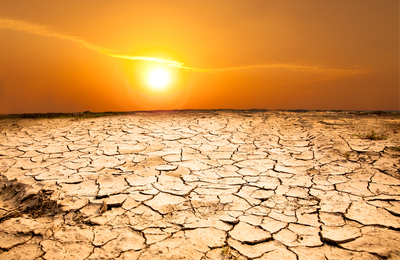
The Met Office has issued an amber heat watch warning today, which applies from 9am today to 9am on Friday in the Midlands, south-eastern and easte...
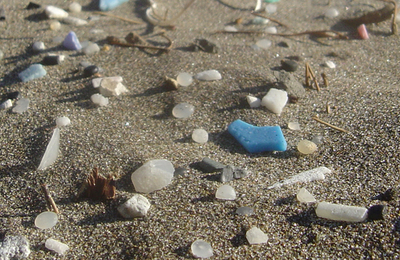
Yet Henderson Island, the largest of four islands in the Pitcairn Island group, has a human population of zero! Almost 18 tonnes of plastic, broke...
So, we take the train, we take the bus, or we take the car. We know that taking public transport reduces our carbon footprint, so in many cases it’...
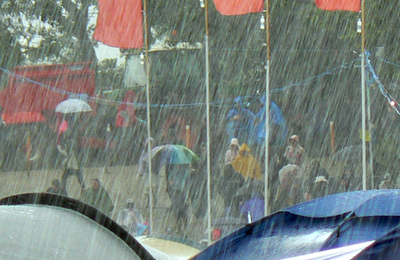
Alarmingly, the research suggests that there is a high risk of record-breaking rainfall in the coming decade, with a 34% chance of an extreme weath...

During the talks, representatives of governments from over 190 countries were frequently reminded that the world is far off meeting targets set in ...
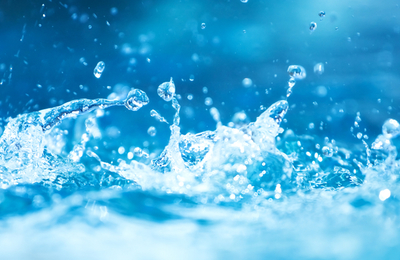
A suite of five lessons on the water cycle, illustrated with a PowerPoint presentation and accompanied by suggestions for activities and experiment...
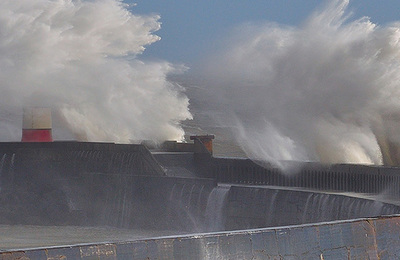
Powerful seas.

An analysis of these monster sewer-stoppers by Water UK, the membership body for water providers, found that the 'fatbergs' were in reality more li...
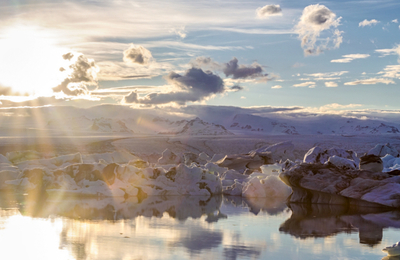
Whilst there won't be any sunlight at the North Pole until early March, a heatwave in the Artic is actually the cause of the extreme wintry weather...
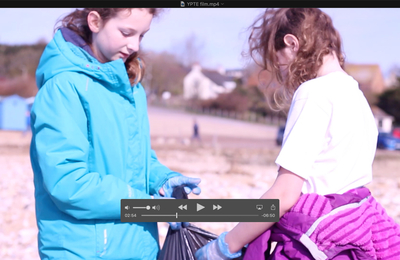
Short film on plastic, its uses, its history and why it is now presenting us with such a major environmental problem. Presented by YPTE Director Pe...

Schools that have begun to develop their grounds often report that this has led to beneficial changes in relationships and attitudes and to the at...
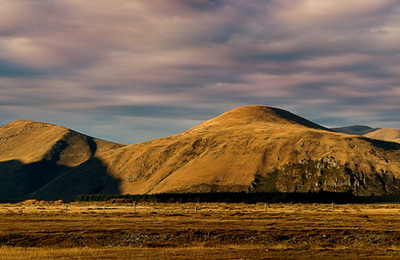
In 2020, our population is nearing 8 million and is increasing by the second!